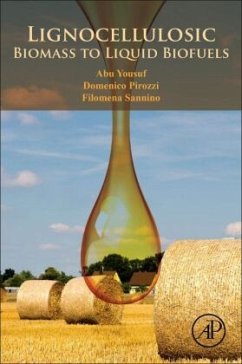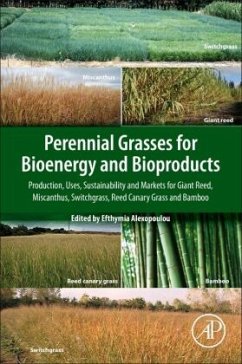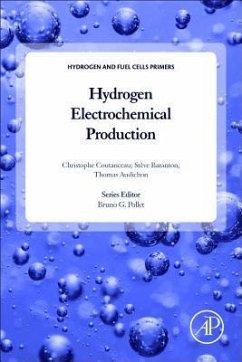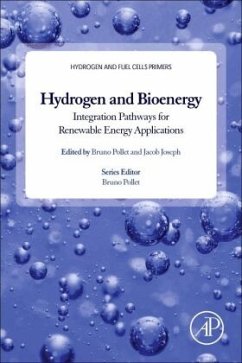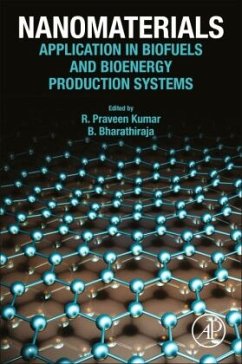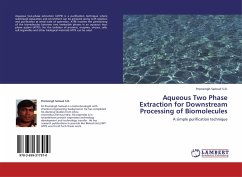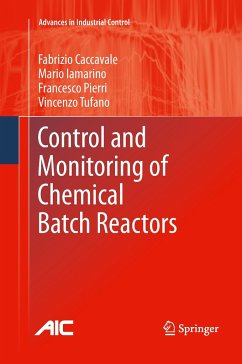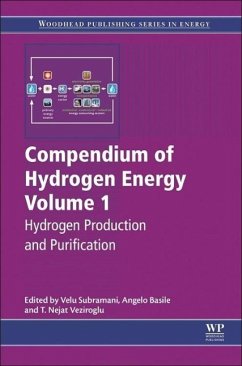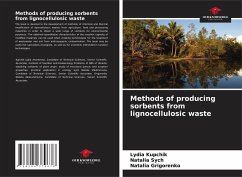
Batch Aqueous-phase Reforming of Lignocellulosic Biomass
Study on Hydrogen Production from Southern Pine
Versandkostenfrei!
Versandfertig in 6-10 Tagen
45,99 €
inkl. MwSt.

PAYBACK Punkte
23 °P sammeln!
Aqueous-phase reforming (APR) is a relatively recenttechnology for producing hydrogen frombiomass-derived substrates. Amidst the worldwideconcerns about increasing petroleum prices anddeclining supplies, this process has the potential toaddress the need for a readily-available source ofenergy that is renewable and environment-friendly.APR uses temperatures much lower than those used inexisting thermochemical methods for biomass: ~500K asopposed to about 600K to 1100K for pyrolysis andgasification. The reaction occurs in aqueous phase inthe presence of a reforming metal catalyst that cancatalyz...
Aqueous-phase reforming (APR) is a relatively recent
technology for producing hydrogen from
biomass-derived substrates. Amidst the worldwide
concerns about increasing petroleum prices and
declining supplies, this process has the potential to
address the need for a readily-available source of
energy that is renewable and environment-friendly.
APR uses temperatures much lower than those used in
existing thermochemical methods for biomass: ~500K as
opposed to about 600K to 1100K for pyrolysis and
gasification. The reaction occurs in aqueous phase in
the presence of a reforming metal catalyst that can
catalyze both reforming and water-gas shift
reactions. To date, known APR studies dealt only with
applying this technology to oxygenated compounds that
were used to mimic biomass. However, it is considered
that application of APR to real biomass is needed to
gauge whether this technology can be considered a
viable approach for hydrogen production.
technology for producing hydrogen from
biomass-derived substrates. Amidst the worldwide
concerns about increasing petroleum prices and
declining supplies, this process has the potential to
address the need for a readily-available source of
energy that is renewable and environment-friendly.
APR uses temperatures much lower than those used in
existing thermochemical methods for biomass: ~500K as
opposed to about 600K to 1100K for pyrolysis and
gasification. The reaction occurs in aqueous phase in
the presence of a reforming metal catalyst that can
catalyze both reforming and water-gas shift
reactions. To date, known APR studies dealt only with
applying this technology to oxygenated compounds that
were used to mimic biomass. However, it is considered
that application of APR to real biomass is needed to
gauge whether this technology can be considered a
viable approach for hydrogen production.



